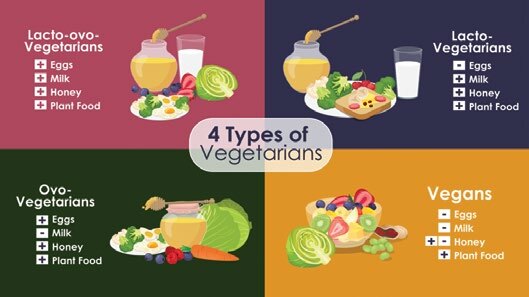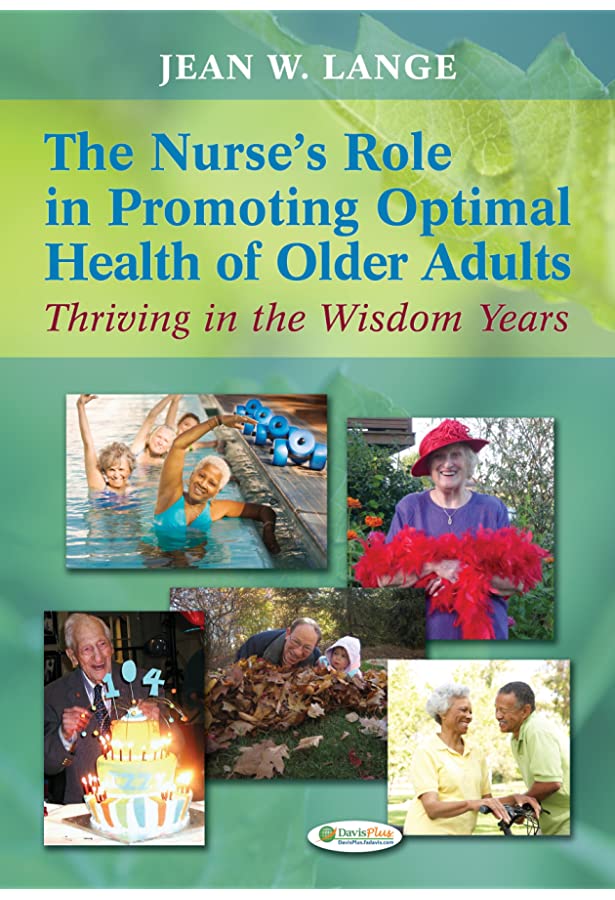
Health for Life, an award-winning initiative, engages people and communities in healthy eating, exercise, and healthy living. The program is aimed at children and young people, as well as older adults, and it has reached over 161,000 adults in Birmingham. It focuses on exercise but also provides information on health, wellness, and other topics.
Services for Education, a provider of professional education services, is the primary delivery channel partner. The Conservation Volunteers is TCV's secondary delivery partner. TCV works to make communities more healthy and happier by creating green spaces.
Health for Life has reached over 75,000 students in 203 Birmingham schools. Its programs have been highly acclaimed by the Food and Drink Federation and the National Health Education Alliance as well as the BBC Gardeners’ World. The Health for Life Programme was also awarded the Business in the Community Health and Wellbeing Award in 2013.
Students have many resources, including a complete textbook on healthy living. This website also provides valuable information about healthy lifestyles.

Healthy Choices is another program that stands out. This program provides you with evidence-based tools and tips to help promote a more active, healthy lifestyle. The Health for Life Programme has also developed 17 community food growing spaces.
The Health and Wellness Handbook is a wonderful resource for high school students who want to learn more about healthy living. High school students will learn about key factors that influence our health such as diet, exercise and mental health. Students will also be able to examine the role of science in improving our overall health.
It's also worthwhile to note that the Health for Life Program also teaches about how to get involved with local communities in Birmingham. Participating in the programme can be as simple as volunteering in your area or at your school. An iBook version, Health for Life iBook, can be purchased for your iPad.
The Health for Life blog is another great resource. This blog contains a wealth of information on growing your own food, as well as how to take part in Health for Life activities.
Health for Life is primarily focused on healthy eating, exercise, and nutrition. The initiative also teaches healthy lifestyle habits such as medication management and communication with healthcare providers. These activities will prepare students to advocate for others' and their own health.

The BBC Gardeners' World trophy was awarded to the Health for Life wheelbarrow displays in 2013. Also, the Health for Life iBooks were awarded. These interactive books offer a fun way for children to learn about healthy eating, and to encourage physical activity. These books are available in digital and print formats.
Other features that make the Health for Life iBooks stand out include a comprehension test, as well as health-related trinkets. You can also find a few other iBooks. They contain both lesson vocabulary as well as objectives and can be used to keep kids interested.
FAQ
Which lifestyle is best for your health?
Living a healthy lifestyle is one that encourages you to eat well, exercise regularly, get enough sleep, and avoids stress. These guidelines will help you live a long, healthy life.
You can start by making small changes in your diet and exercise routine. For example, if you want to lose weight, try walking for 30 minutes every day. Swimming or dancing are great options if your goal is to become more active. An online fitness program, such as Strava and Fitbit, can help you track your activity.
What is the difference between sugar and fat?
Fat is an energy source from food. Sugar is a sweetener found in fruits, vegetables, and other foods. Both fats as well as sugars contain the same amount of calories. Fats however, have more calories than sugars.
Fats are stored in the body and contribute to obesity. They may cause cholesterol buildup and lead to strokes or heart attacks.
Sugars provide instant energy and are rapidly absorbed by the body. This causes blood glucose levels rise. High blood glucose levels can be dangerous because it increases the risk of developing type II diabetes.
How to measure body fat?
The best way to measure body fat is with a Body Fat Analyzer. These devices are used to measure the percentage of bodyfat in people who desire to lose weight.
How can I live my best everyday life?
Finding out what makes your heart happy is the first step to living a fulfilled life. Once you are clear about what makes you happy and satisfied, you can move on to the next step. You can also talk to others about how they live their best days every day.
You might also enjoy books like "How to Live Your Best Life", by Dr. Wayne Dyer. He talks about how to find happiness and fulfillment at all stages of our lives.
Does being cold give you a weak immune system?
Cold makes you weaker because you have less white blood cells to fight infections. But, cold makes you feel better. Your brain releases endorphins that reduce pain.
What are the 10 most delicious foods?
These are the 10 best foods you can eat:
-
Avocados
-
Berries
-
Broccoli
-
Cauliflower
-
Eggs
-
Fish
-
Grains
-
Nuts
-
Oats
-
Salmon
These are five tips to help you lead a healthy lifestyle.
Here are five ways to lead a healthy lifestyle.
A healthy lifestyle means eating right, being active, getting enough sleep, managing your stress levels, and having fun. Eating well means avoiding processed foods, sugar, and unhealthy fats. Exercise burns calories and strengthens the muscles. Getting enough sleep improves memory and concentration. Managing stress reduces anxiety and depression. Fun keeps us happy and healthy.
Statistics
- Extra virgin olive oil may benefit heart health, as people who consume it have a lower risk for dying from heart attacks and strokes according to some evidence (57Trusted Source (healthline.com)
- In both adults and children, the intake of free sugars should be reduced to less than 10% of total energy intake. (who.int)
- According to the 2020 Dietary Guidelines for Americans, a balanced diet high in fruits and vegetables, lean protein, low-fat dairy and whole grains is needed for optimal energy. (mayoclinichealthsystem.org)
- WHO recommends reducing saturated fats to less than 10% of total energy intake; reducing trans-fats to less than 1% of total energy intake; and replacing both saturated fats and trans-fats to unsaturated fats. (who.int)
External Links
How To
What does the word "vitamin" mean?
Vitamins are organic compounds found naturally in food. Vitamins help us absorb nutrients from foods we eat. Vitamins cannot be made by the body; they must be taken from food.
There are two types: water-soluble and fat-soluble vitamins. Water-soluble vitamins dissolve quickly in water. Examples include vitamin C,B1 (thiamine), B2 (riboflavin), B3 (niacin), B6 (pyridoxine), folic acid, biotin, pantothenic acid, and choline. Fat-soluble vitamins are stored within the liver and in fatty tissue. Vitamin D, E, K and A are some examples.
Vitamins can be classified according to biological activity. There are eight main types of vitamins:
-
A - Vital for healthy growth.
-
C – essential for proper nerve function.
-
D - essential for healthy teeth and bones.
-
E - Required for good vision, reproduction.
-
K - required for healthy muscles and nerves.
-
P – Vital for building strong bones.
-
Q - aids digestion and absorption of iron.
-
R is required for the production of red blood cells.
The recommended daily allowance (RDA) of vitamins varies depending on age, gender, and physical condition. The U.S. Food and Drug Administration sets RDA values.
For adults 19 years and over, the RDA vitamin A intake is 400mg/day. Because it is essential for the development of the fetus, pregnant women should consume 600 micrograms per days. Children ages 1-8 require 900 micrograms per day. Infants below one year of age need 700 micrograms daily. But, between 9 months to 12 months of age, the amount drops to 500micrograms per days.
Children aged 1-18 years need 800 micrograms daily, while children overweight require 1000 micrograms per days. Children who are severely obese or underweight will need 1200 micrograms each day.
Children 4-8 years old with anemia will need 2200 mg of vitamin D daily.
2000 micrograms are required daily for good health in adults over 50. Breastfeeding or pregnant women require 3000 micrograms per daily due to higher nutrient demands.
Adults over 70 years of age need 1500 micrograms per day since they lose about 10% of their muscle mass each decade.
Women who are pregnant and lactating need more nutrients than the RDA. Pregnant women need 4000 micrograms per dayduring pregnancy and 2500 micrograms per day after delivery. Breastfeeding mothers need to consume 5000 micrograms each day when breastmilk has been produced.